BLADE: After a ricasso on which at the level of the internal face, we find the hollow intended to support the thumb, we find two holes called "point breakers" (rompe puntas) The blade then presents, on one side a long cutting edge that goes to the point, and on the other a thick back, decorated with a complex scalloped cut, intended to prevent an opposing blade from slipping. Then, the back takes the form of a second cutting edge that joins the point.
Blade length = 39.4 cm, width at the ricasso 4.5 cm, thickness at the ricasso 4.3 mm
GUARD: It is made up of a central part or "cross" of octagonal section ending with 2 quillons in the shape of faceted acorns. And on the other hand by the sail itself, which is riveted to the quillons of the guard, according to the 17th century technique.
The edges of this sail are twisted into a cord called "breaker points", and wrapped around a steel reed. This winding technique is found on the facing gorgets of the same period.
The central motif of this sail is an important coat of arms, "gules with a silver/argent cross" which is the coat of arms of the Aspremont family. The bottom of the sail is decorated with a very fine pique, which in heraldry would be a representation of "sable" (=black).
This coat of arms on a Spanish sail dagger would correspond to the arms of Marie-Louise d'Aspremont, wife of Heinrich-Franz von Mansfeld, Prince of Fondi, who from 1683 to 1690 was ambassador of the imperial court of Vienna to the court of Spain. In 1690, this diplomat was invited to a wedding in Valladolid, on the occasion of which many gifts and honors were granted to him. It is therefore probably on this occasion that this dagger was made, which evokes the arms of his wife, of very ancient nobility.
The purely honorary use of the weapon explains the thinness of the sail, whose defensive role was no longer in the foreground.
POMMEL: It is shaped like a flattened bulb chiseled with plant motifs and topped with a small flattened button on which the tang of the blade is riveted.
GRIP It is covered with a complex iron wire binding, which swows the quality of the weapon. The crown ferrules called "turk's heads" are present and in perfect state.
In conclusion, it is a beautiful dagger. The interpretation that I give according to the coat of arms cannot, of course, be 100% guaranteed but everything seems to match...I bought this dagger in alsace, in the area of the Vosges mountains, which is an indication more, since the 2 ,daughters of Marie-Louise d'Spremont had family relations with this area : May-Ann von Mansfeld married in 1699 the rhingrave(count) William Florentin of the Salm family, later House of Salm Salm. The other daughter married her cousin Karl-Franz von Mansfeld this driving us again to the same geographic area, on one side of the river Rhein or on the other side...
I can't imagine why the coat of arms of the Aspremont family would have been taken up in the 19th century for a purely decorative purpose. And even if we wanted to interpret the coat of arms as that of Switzerland, what would be the connection with Spain?
In any case, I can only guarantee that this dagger is old, at least from the 19th century, but much more probably from the last years of the 17th according to the elements cited. The asking price takes into account this relative uncertainty.
Ref DX-2454
Shipping costs: France €30, Europe €40


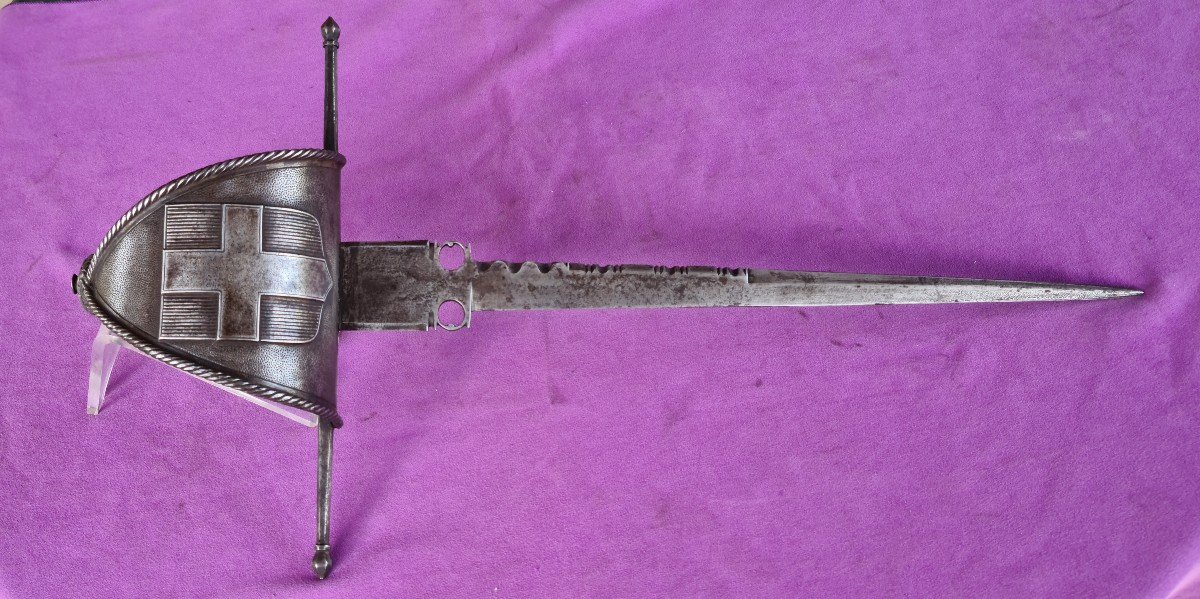

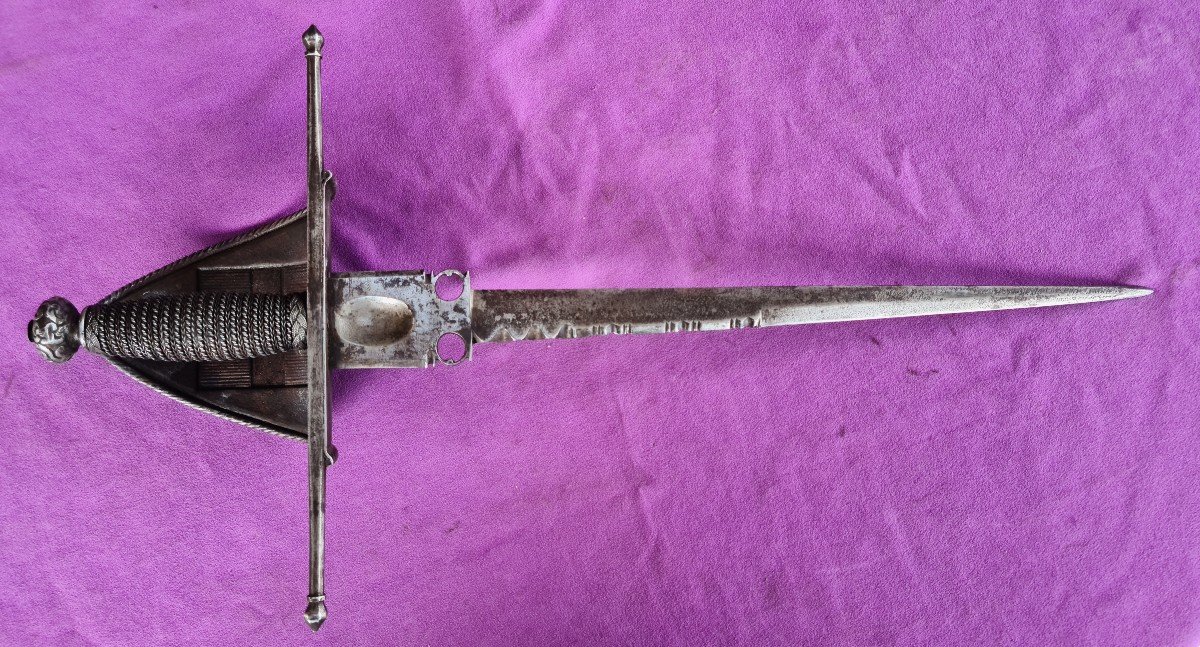






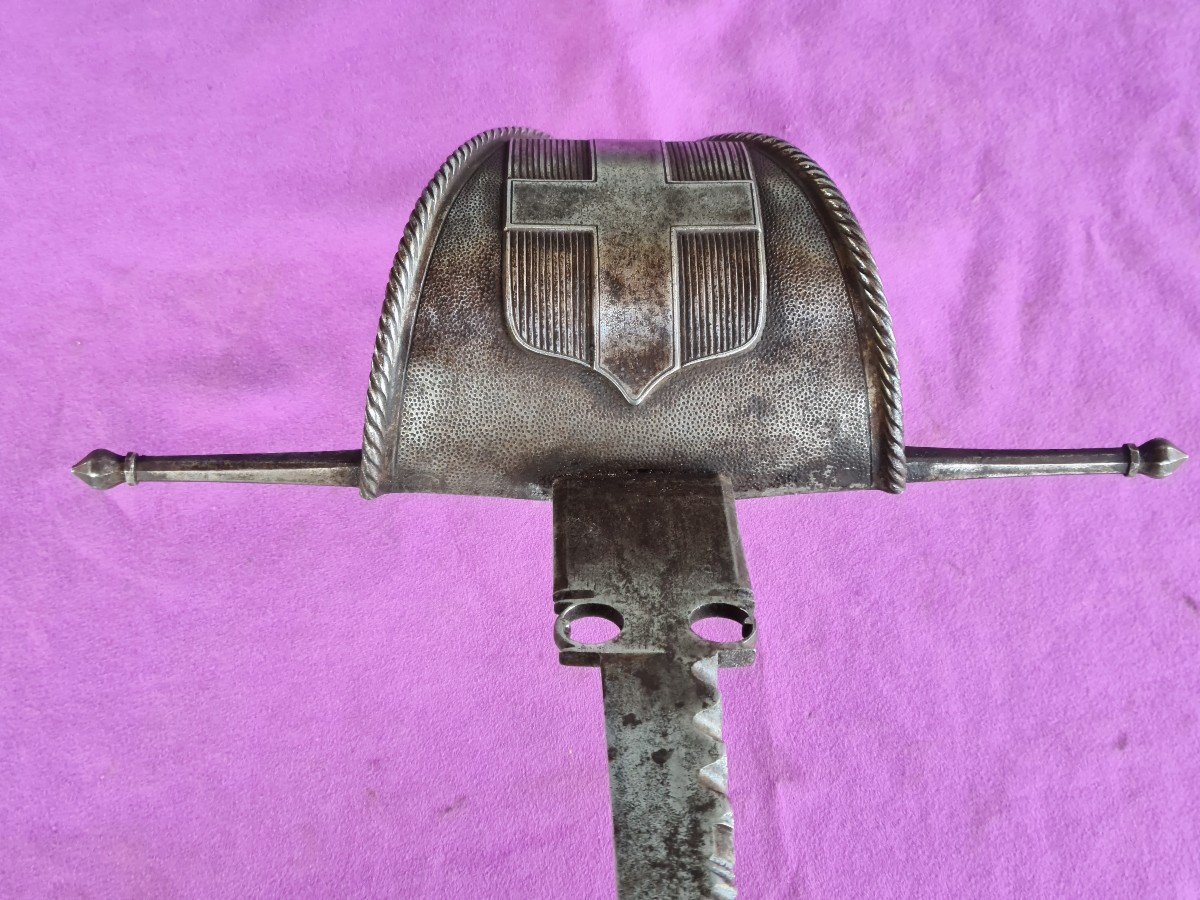
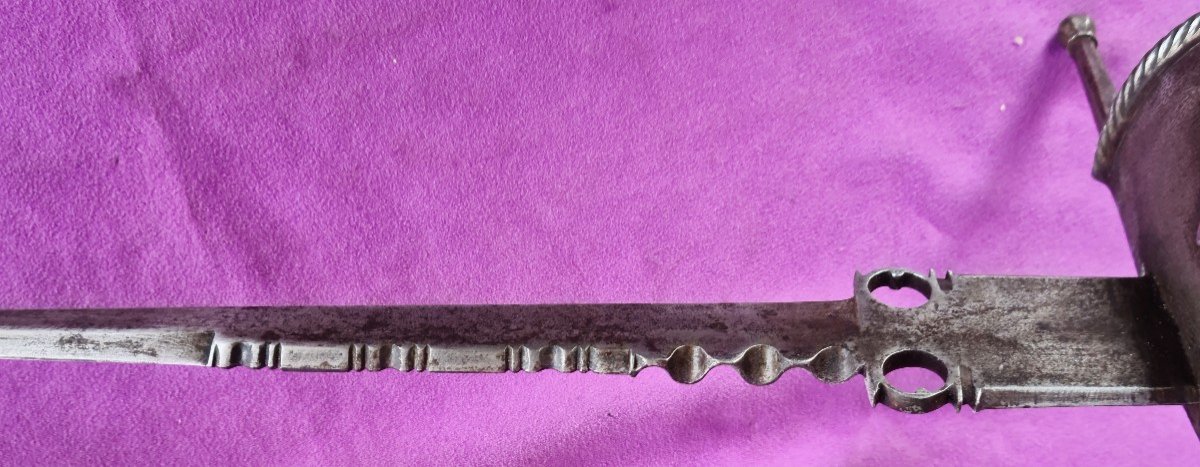














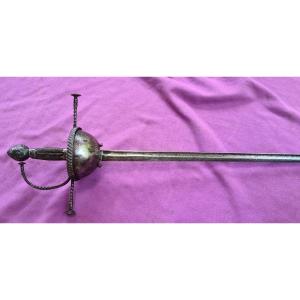


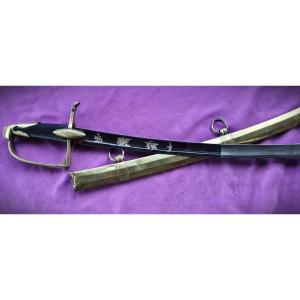
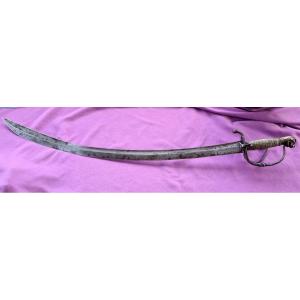
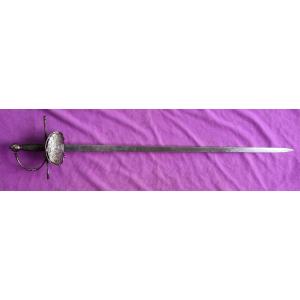

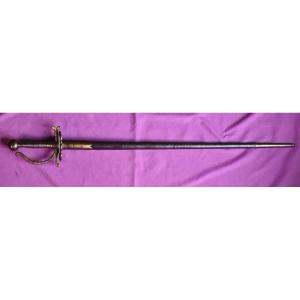

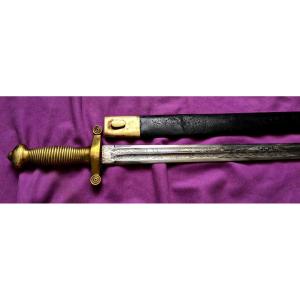
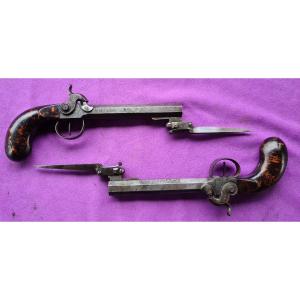



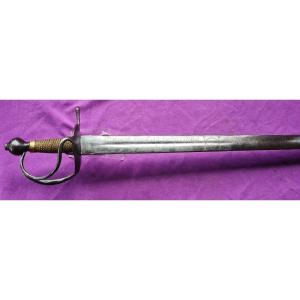
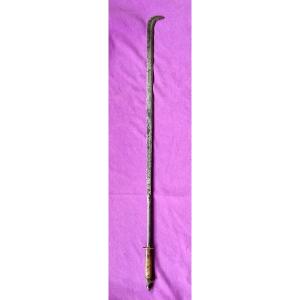
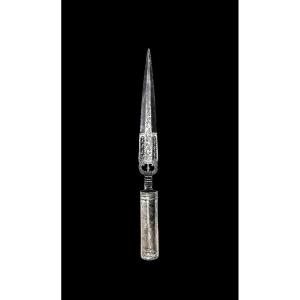
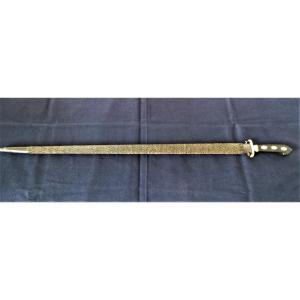



 Le Magazine de PROANTIC
Le Magazine de PROANTIC TRÉSORS Magazine
TRÉSORS Magazine Rivista Artiquariato
Rivista Artiquariato